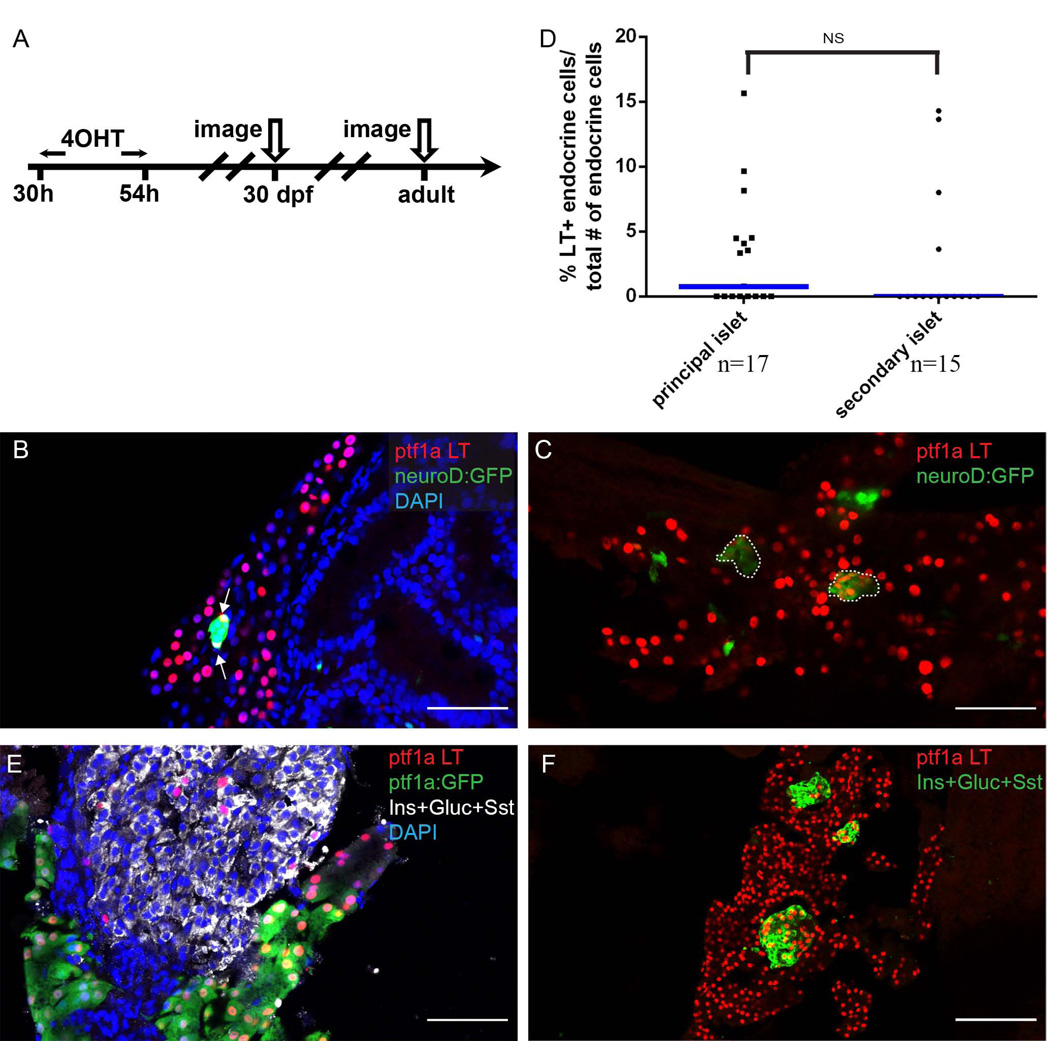Figure 3. The early ptf1a lineage contributes to secondary islet and adult endocrine cells.
(A) Experimental setup. (B, C, E, F) The ptf1a lineage is labeled by nuclear-mCherry (red). (B, C) Sections from 30 dpf juvenile lineage-tracing fish. The secondary islet is labeled by the transgenic marker neuroD:GFP (green). (B) Arrows point to endocrine cells expressing the ptf1a lineage mark. Notice that not all nuclei of within the secondary islet are colabeled by the ptf1a lineage mark. DAPI, blue. (C) Secondary islets are labeled by neuroD:GFP (green) and outlined. The secondary islets consist of a clusters of ptf1a-lineage labeled cells. (D) Scatter plot shows frequency of ptf1a lineage labeled cells traced into principal or secondary islets. T-test shows no significance. Blue bars show population median. “n” indicates the number of slides quantified for each population. (E, F) Sections from adult lineage-tracing fish. The endocrine population is labeled by a mixture of antibodies against Insulin (Ins), Glucagon (Gluc) and Somatostatin (Sst). (E) Some of the endocrine cells express the ptf1a lineage label. The majority of ptf1a lineage-labeled cells co-express ptf1a:GFP transgene (acinar marker). (F) Selected islets consist of a cluster of ptf1a-lineage labeled cells. (F) DAPI, blue. Scale bar, 50 µm.

